Jordanain Cuisine
A Culinary Tapestry of Tradition and Flavor
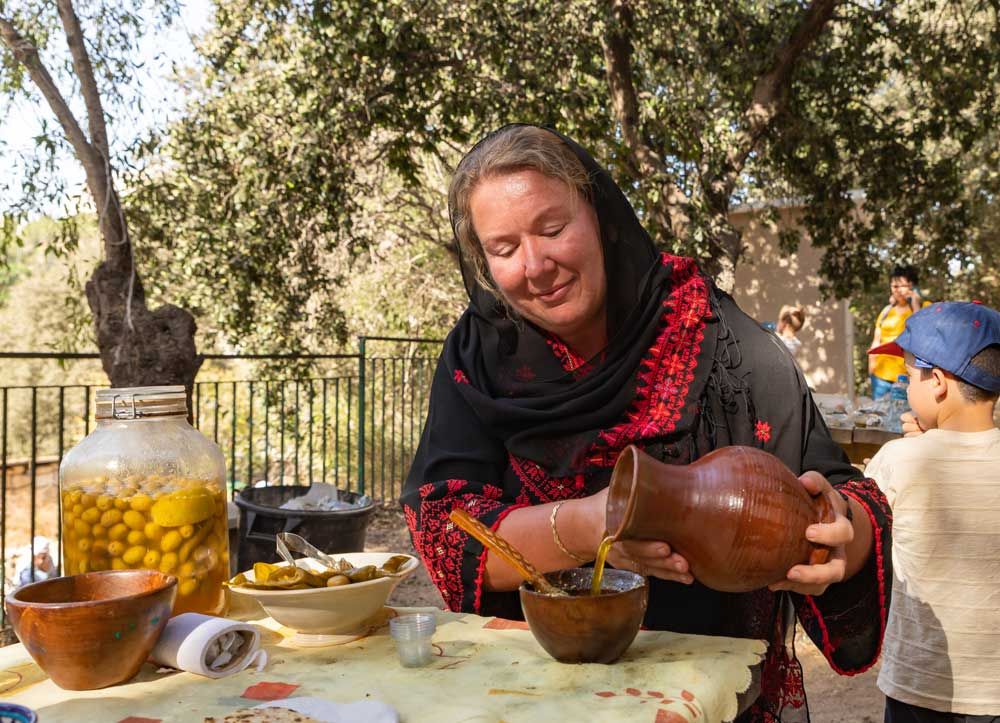
Jordan's Culture Blends Influences from the East and West, Embracing the Old and the New
In Jordan, there's a saying that goes something like this: "Even when you are full, you can still eat 40 more bites of food." This saying encapsulates the essence of Jordanian cuisine – a rich and tantalizing fusion of culinary influences from Circassian, Palestinian, North African, Persian, Mediterranean, and Turkish traditions.
While you'll encounter many dishes familiar to Arabic cuisine, such as falafel, hummus, kebabs, stuffed grape leaves, and an array of salads, Jordanian cuisine has its own unique character. It places a strong emphasis on farm-to-table freshness and boasts a robust history of vegetarian and vegan dishes. If you're a vegetarian or vegan traveler, you'll discover a wide selection of flavorful options to savor. However, if you have allergies, it's advisable to exercise caution when it comes to street food.
So, sahtein! Enjoy your food as you embark on a flavorful journey through the diverse and delectable world of Jordanian cuisine.
Jordan Typical Dishes
Here are some typical dishes you can savor when exploring Jordanian cuisine
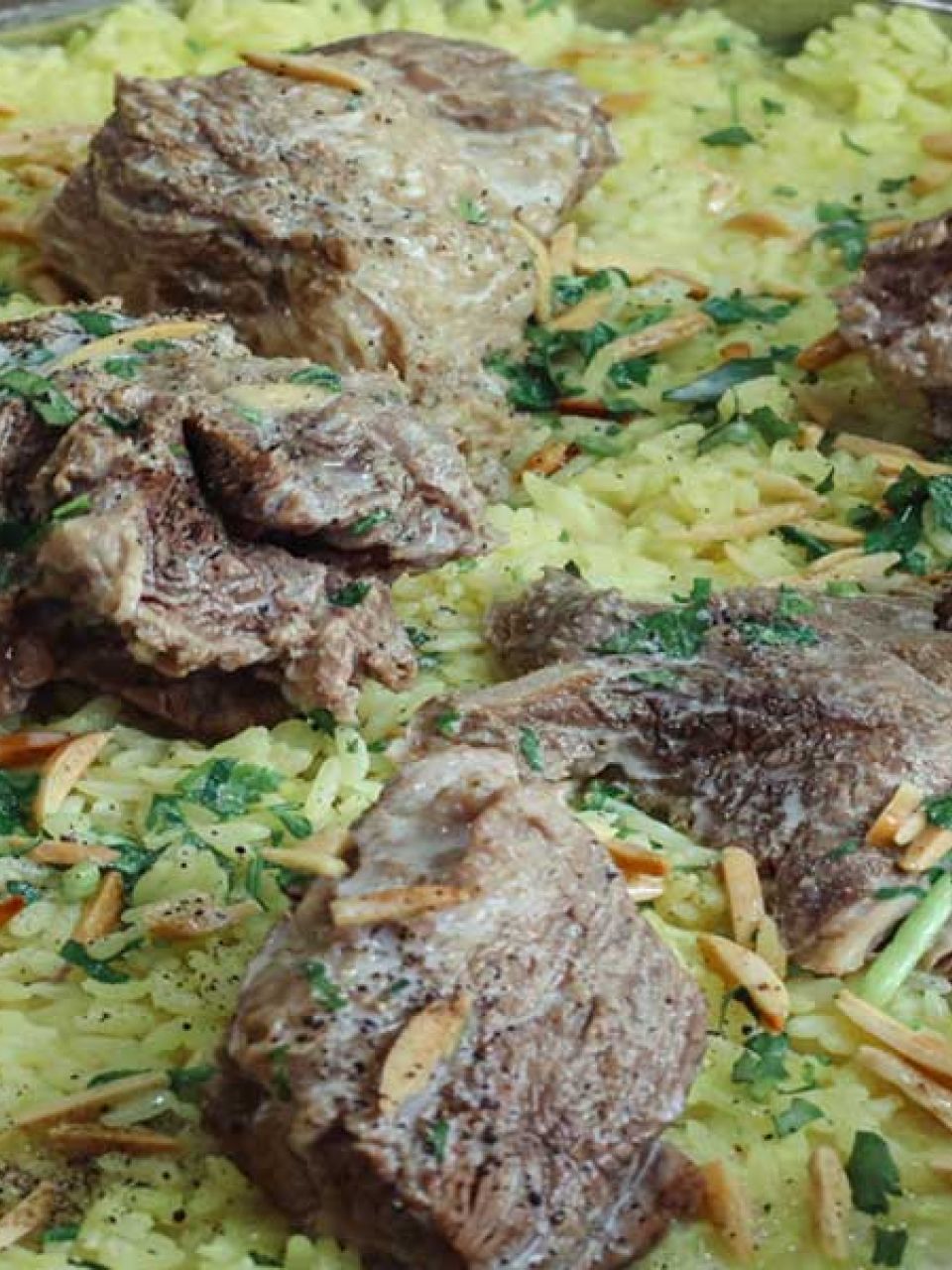
Mansaf
Often considered the national dish of Jordan, mansaf is a hearty meal consisting of lamb cooked in a fermented yogurt sauce, served with rice and topped with toasted almonds and pine nuts. It's traditionally eaten with the right hand.
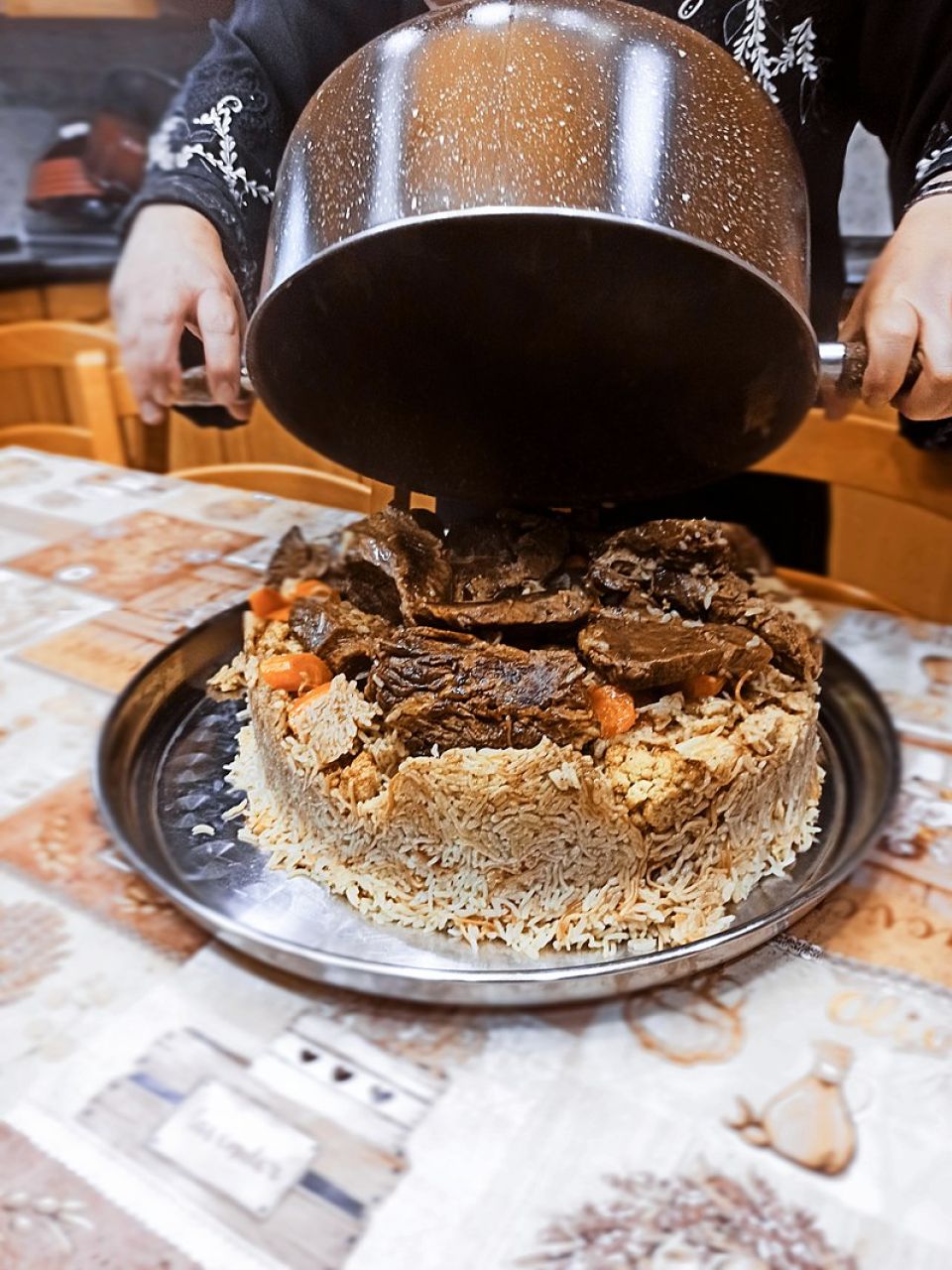
Maqluba
This dish is a flavorful combination of rice, vegetables, and your choice of meat (usually chicken or lamb), all cooked together and then flipped upside down before serving to create a layered masterpiece.
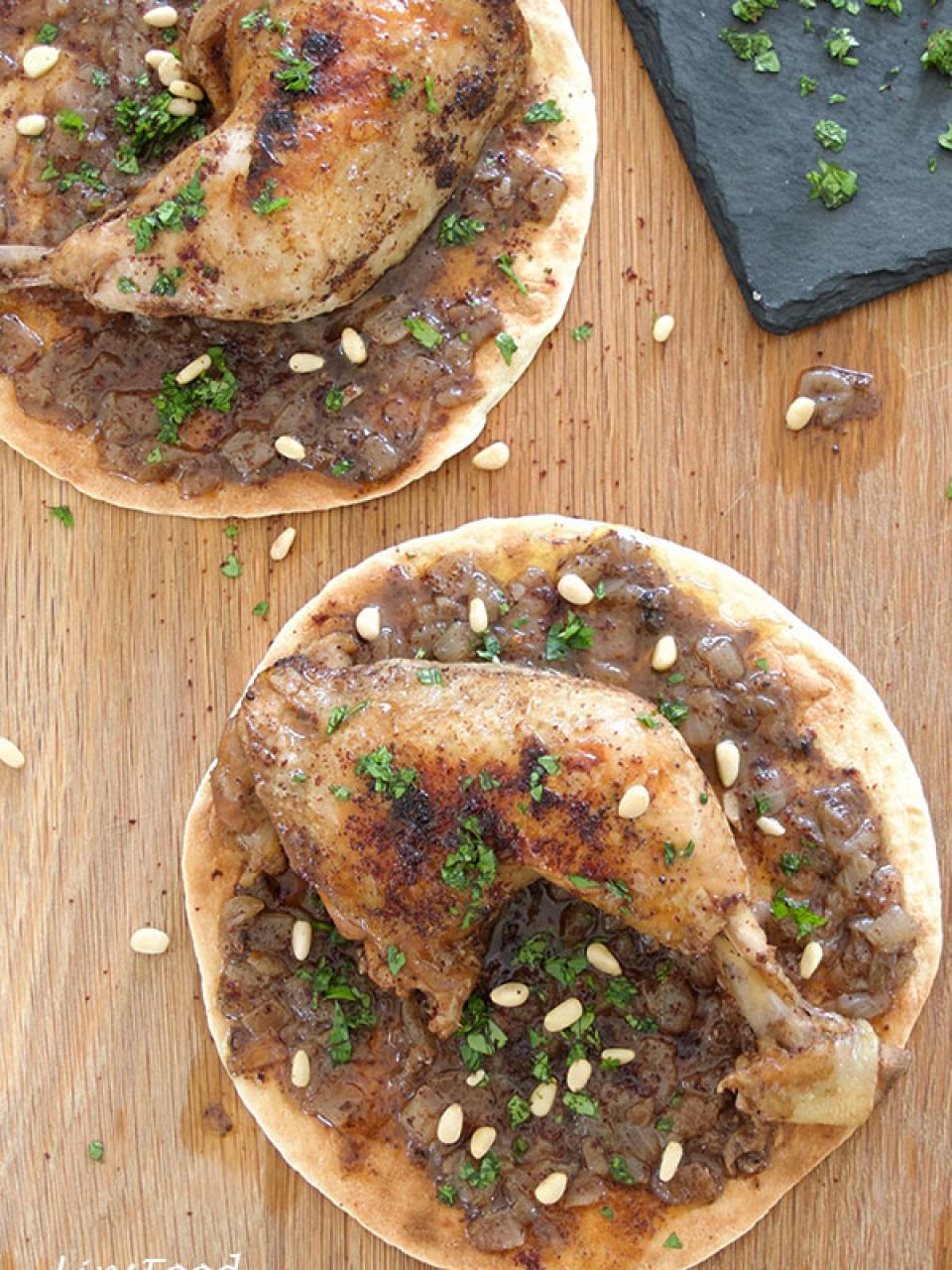
Musakhan
Musakhan features sumac-seasoned roasted chicken placed on flatbread and garnished with sautéed onions, pine nuts, and more sumac. It's a delightful blend of flavors and textures.

Falafel
These deep-fried balls or patties, typically made from ground chickpeas or fava beans, are crispy on the outside and tender on the inside. They are commonly served in pita bread with tahini sauce and vegetables
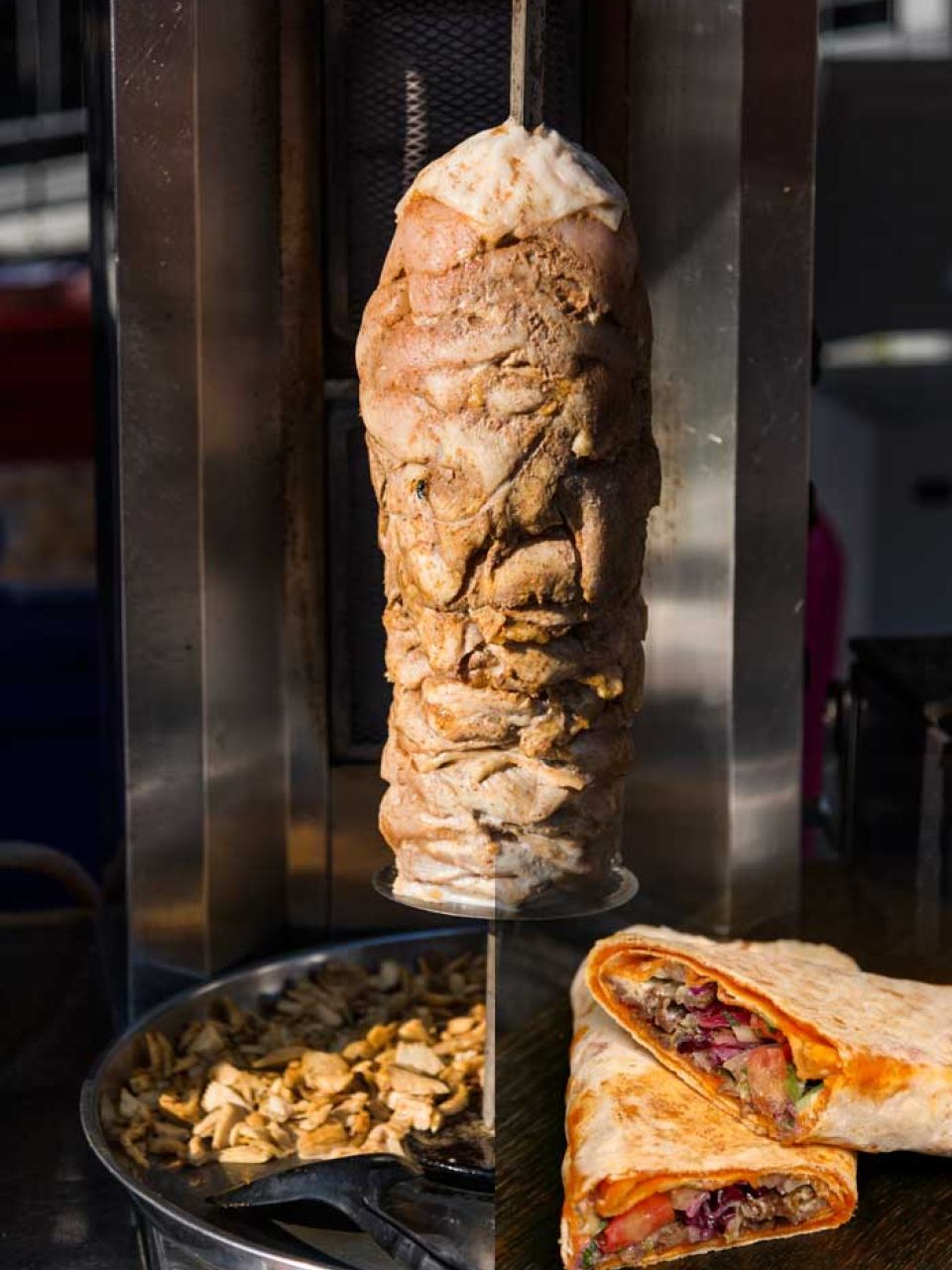
Shawarma
Thinly sliced layers of marinated meat (often chicken or beef) are stacked on a vertical rotisserie and cooked slowly. The tender, flavorful slices are typically wrapped in flatbread with tahini sauce and vegetables

Zarb
The Jordanian culinary tradition involves a unique approach to smoking and slow-cooking. Lamb and chicken, skillfully prepared by us, are generously coated with a blend of aromatic spices before being carefully nestled into a subterranean pit beneath the sand. for slow, patient cooking process. The outcome is nothing short of extraordinary.
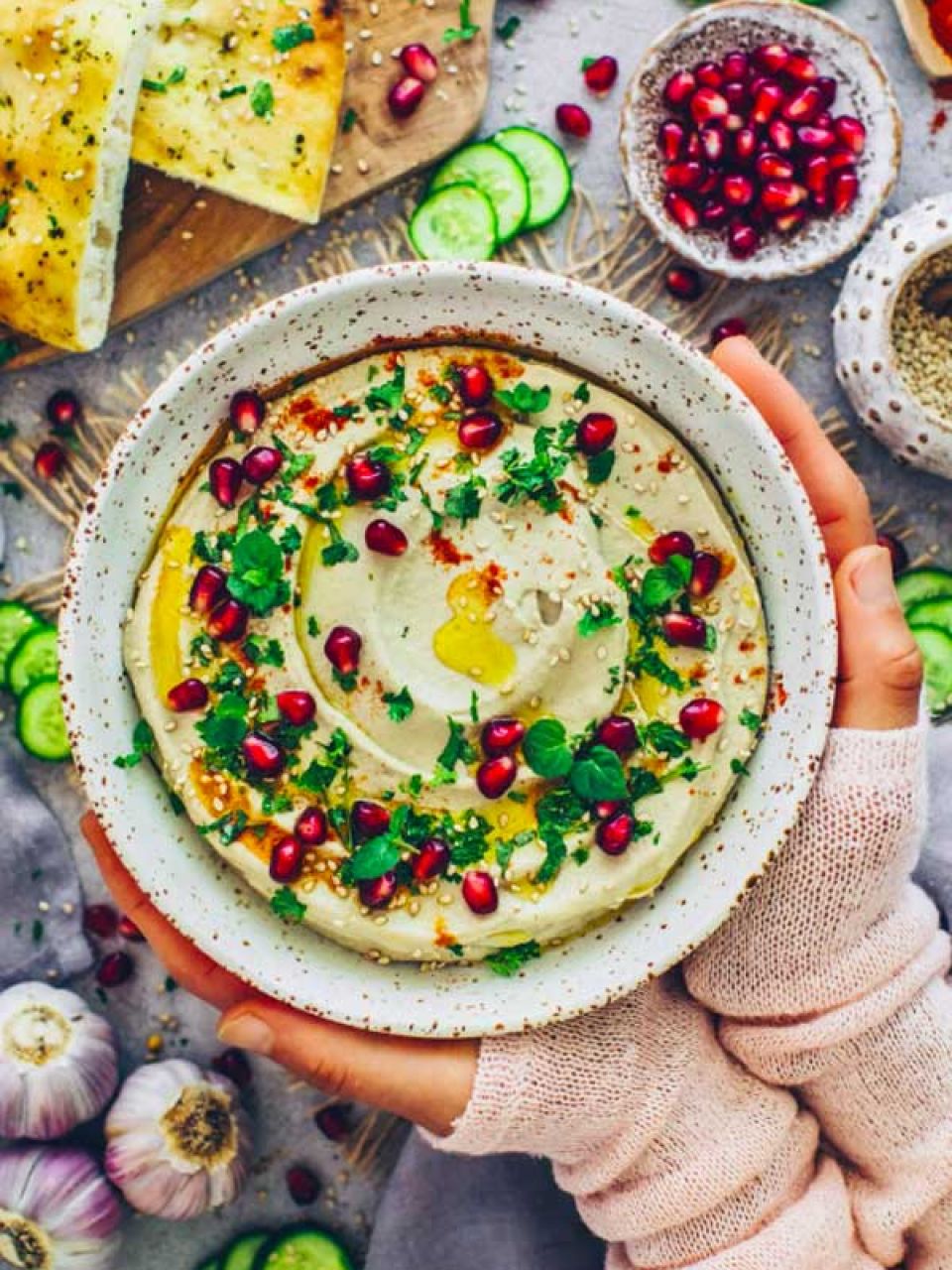
Baba Ghanoush
This creamy dip is crafted from roasted eggplants blended with tahini, garlic, and lemon juice. It's perfect for scooping up with pita bread.
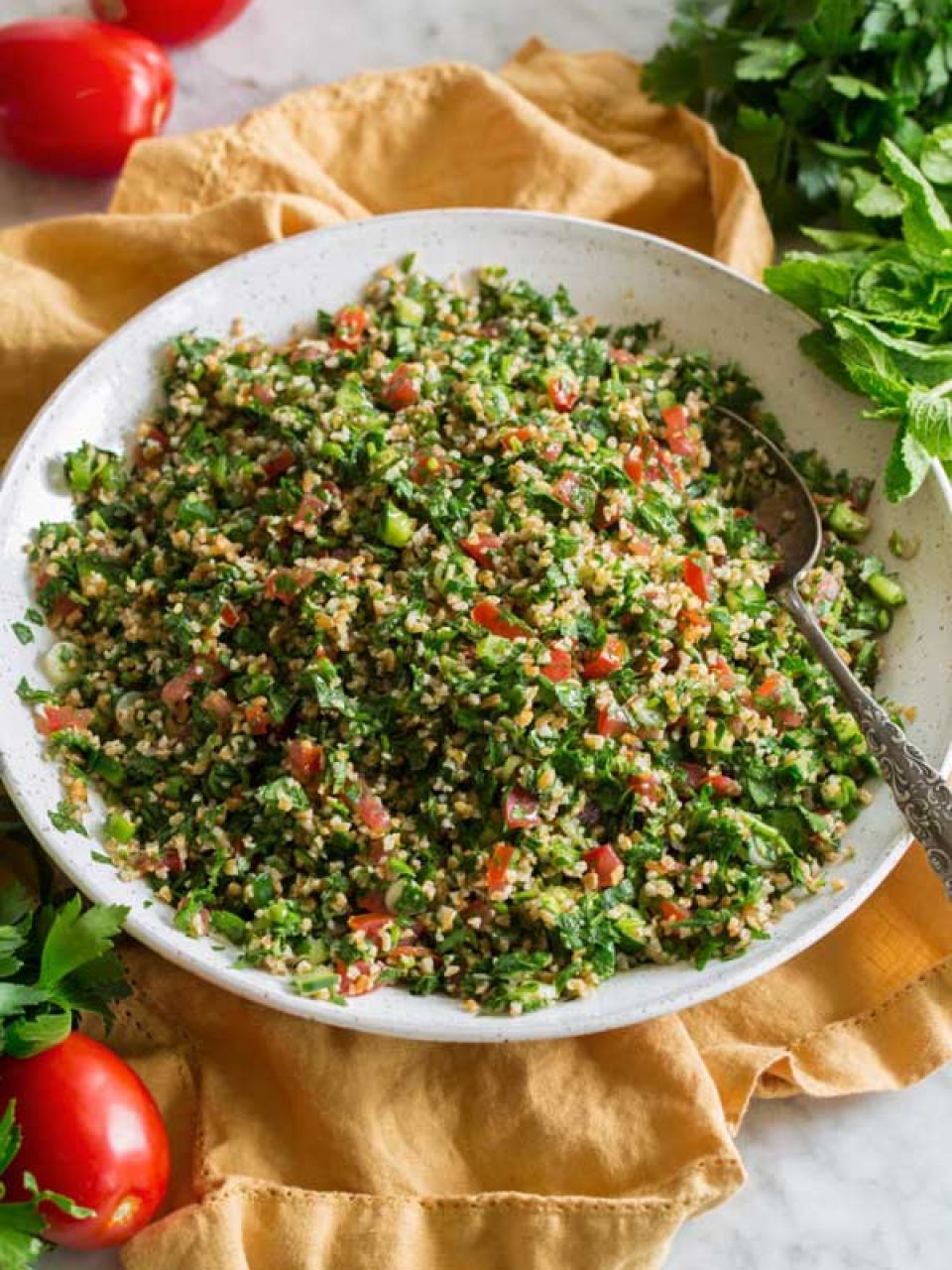
Tabbouleh
Tabbouleh: A refreshing salad made from finely chopped parsley, tomatoes, onions, and bulgur wheat, seasoned with lemon juice and olive oil. It's a light and zesty side dish
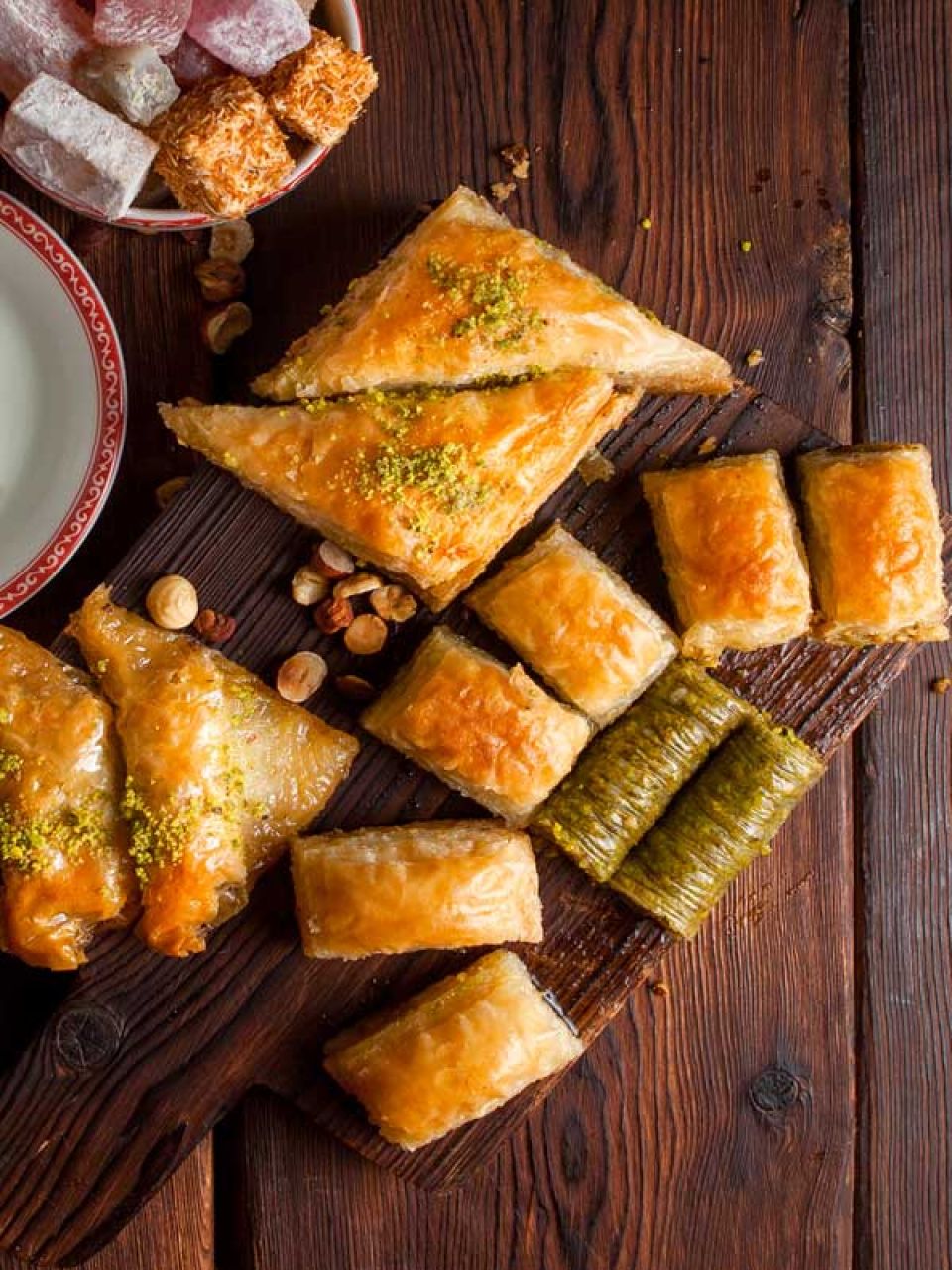
Baklava
Is a sweet pastry with layers of filo dough filled with chopped nuts, like pistachios or walnuts, and sweetened with syrup. Its origin is debated, but it has a long history. It comes in various shapes and sizes, making it a versatile dessert, and it's a popular choice for gifting.
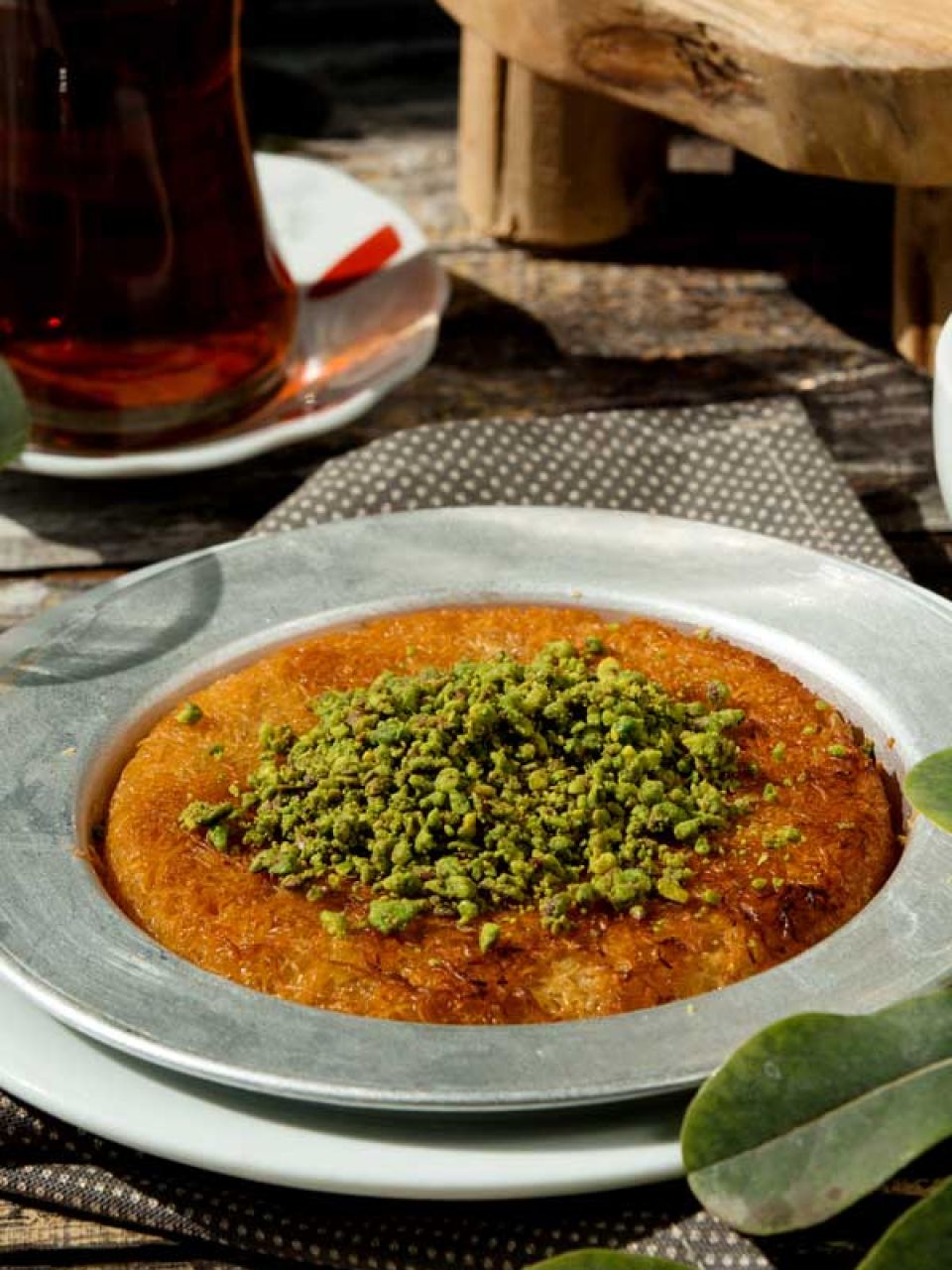
Knafeh
For dessert, indulge in knafeh, a sweet pastry made from shredded phyllo dough layered with a creamy filling, soaked in sugar syrup, and often sprinkled with pistachios. It's a rich and satisfying treat.
-
Mansaf: Often considered the national dish of Jordan, mansaf is a hearty meal consisting of lamb cooked in a fermented yogurt sauce, served with rice and topped with toasted almonds and pine nuts. It's traditionally eaten with the right hand.
-
Maqluba: This dish is a flavorful combination of rice, vegetables, and your choice of meat (usually chicken or lamb), all cooked together and then flipped upside down before serving to create a layered masterpiece.
-
Musakhan: Musakhan features sumac-seasoned roasted chicken placed on flatbread and garnished with sautéed onions, pine nuts, and more sumac. It's a delightful blend of flavors and textures.
-
Knafeh: For dessert, indulge in knafeh, a sweet pastry made from shredded phyllo dough layered with a creamy filling, soaked in sugar syrup, and often sprinkled with pistachios. It's a rich and satisfying treat.
-
Falafel: These deep-fried balls or patties, typically made from ground chickpeas or fava beans, are crispy on the outside and tender on the inside. They are commonly served in pita bread with tahini sauce and vegetables.
-
Tabbouleh: A refreshing salad made from finely chopped parsley, tomatoes, onions, and bulgur wheat, seasoned with lemon juice and olive oil. It's a light and zesty side dish.
-
Baba Ghanoush: This creamy dip is crafted from roasted eggplants blended with tahini, garlic, and lemon juice. It's perfect for scooping up with pita bread.
-
Shawarma: Thinly sliced layers of marinated meat (often chicken or beef) are stacked on a vertical rotisserie and cooked slowly. The tender, flavorful slices are typically wrapped in flatbread with tahini sauce and vegetables.
-
Maglouba: Similar to maqluba, this dish combines rice, vegetables, and meat, but it's prepared differently, resulting in a distinct flavor and presentation.
-
Jordanian Tea: To complement your meal, savor a cup of Jordanian tea, often served with fresh mint leaves and plenty of sugar. It's a soothing and customary way to conclude your dining experience.
These dishes offer a glimpse into the rich and diverse culinary traditions of Jordan, and sampling them is an integral part of experiencing the country's culture and hospitality.

